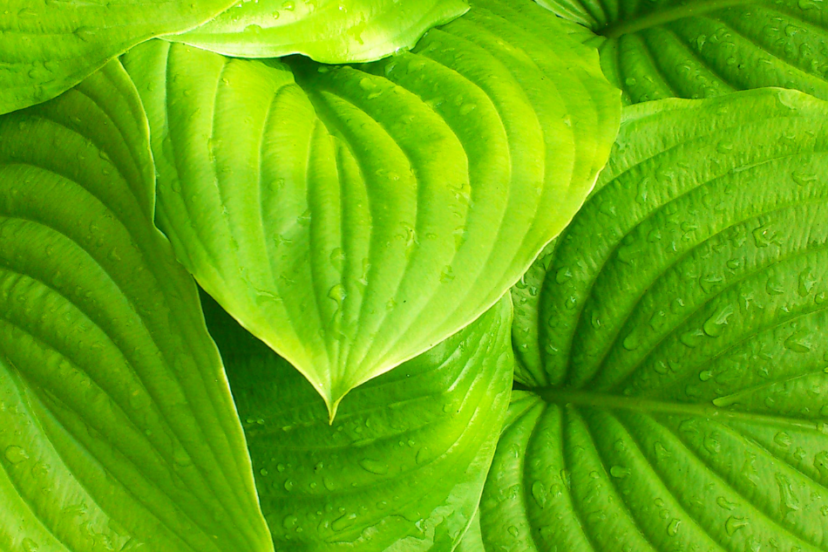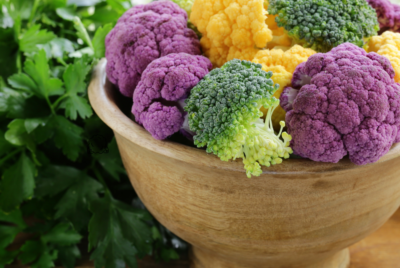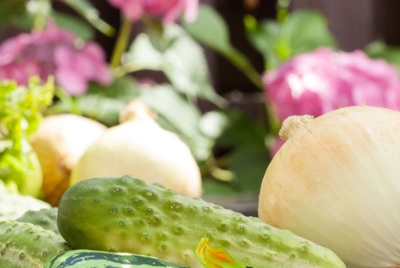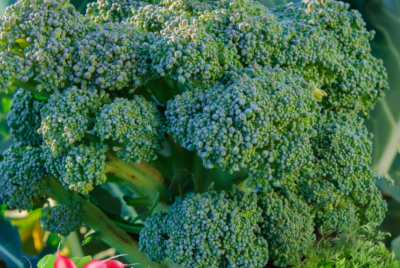Companion Plants for Hostas
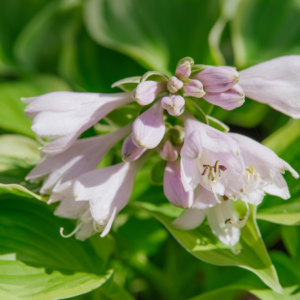
Many avid gardeners know the beauty and versatility of hostas in their landscapes.
These shade-loving plants are prized for their lush foliage and stunning variety of colors and sizes. However, to truly make your hostas shine, it’s crucial to choose the right companions.
Companion plants for hostas can enhance their beauty, repel pests, and provide additional interest throughout the growing season.
In this guide, we’ll explore some of the best options to pair with your hostas to create a stunning and harmonious garden design.
Key Takeaways:
- Complementary foliage: Choose companion plants with foliage that complements the large, lush leaves of hostas, such as ferns or heucheras.
- Varied heights: Create visual interest by selecting plants that vary in height, such as astilbes, to provide a dynamic garden design.
- Texture and contrast: Pair hostas with plants that offer different textures and colors to enhance the overall appearance of the garden bed.
- Moisture requirements: Consider the moisture needs of companion plants to ensure they thrive alongside hostas, which prefer moist soil.
- Seasonal interest: Choose plants that provide blooms or foliage interest throughout the season to extend the visual appeal of your garden bed.
Understanding Hostas
Characteristics of Hostas
An important aspect of understanding hostas is recognizing their characteristics. Hostas are perennial plants known for their lush foliage and attractive leaves that come in various shapes, sizes, and colors. They thrive in shady areas, making them excellent choices for garden beds that receive limited sunlight. Hostas are hardy plants that are relatively low maintenance, adding beauty and texture to any garden space.
Benefits of Planting Hostas in the Garden
Understanding the benefits of planting hostas in the garden can enhance the overall appeal of your outdoor space. Hostas are prized for their ability to fill in garden gaps, creating a lush and full look. These plants are versatile and can be paired with a wide range of companion plants, adding depth and interest to flower beds. Hostas also act as natural weed suppressors, helping to keep the garden looking neat and tidy.
Benefits: One of the most attractive aspects of planting hostas in the garden is their ability to thrive in shady areas, where other plants may struggle. This makes them ideal for adding greenery to those hard-to-fill spots in your garden. Additionally, hostas’ low maintenance nature and versatility in companion planting make them a popular choice for both beginner and experienced gardeners.
Companion Planting Basics
Principles of Companion Planting
One of the fundamental principles of companion planting is to strategically interplant different species to maximize the benefits each plant provides. By pairing specific plants together, you can create a harmonious garden ecosystem that promotes growth and deters pests.
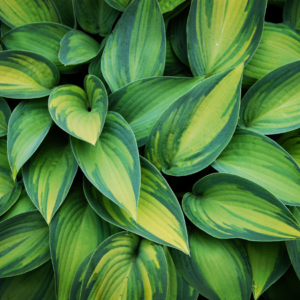
Advantages of Choosing the Right Companions
For an effective companion planting strategy, it’s important to select plants that complement each other’s growth habits and improve overall garden health. The right companions can help attract beneficial insects, repel harmful pests, enrich the soil, and enhance the aesthetic appeal of your garden.
An important aspect of choosing the right companions is to consider the specific needs of your hostas. Companion plants should not compete with hostas for nutrients or water, but rather provide additional benefits such as shade, pest deterrence, or soil enrichment. Selecting the right companions can help create a balanced and thriving garden environment for your hostas to flourish.
Best Companion Plants for Hostas
Flowering Companions for Seasonal Interest
All Hostas can benefit from the addition of flowering companion plants that provide seasonal interest and color contrast. Plants like Astilbe, Bleeding Heart, and Coral Bells make excellent choices. These plants not only add visual appeal but also attract pollinators to the garden. Planting Hostas with these flowering companions will create a dynamic and vibrant display throughout the growing season.
Foliage Plants to Complement Hostas
All the Hostas variety will do well when paired with foliage plants that complement their texture and color. Some of the best foliage plants to consider are Japanese Forest Grass, Heuchera, and Ferns. These plants offer a diverse range of leaf shapes, sizes, and colors that beautifully complement Hostas’ lush foliage. The combination of Hostas and these foliage plants will create a visually appealing and harmonious garden bed.
Interest: When identifying foliage plants to complement Hostas, consider plants with contrasting leaf shapes and colors to create a dynamic and visually appealing garden bed. Additionally, choose plants that have similar cultural requirements to ensure they thrive together in the same growing conditions.
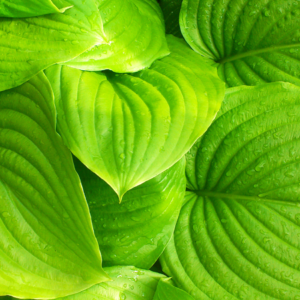
Companion Plants for Pest Control and Health
Natural Pest Deterrents for Hostas
To keep your hostas healthy and thriving, it’s vital to incorporate natural pest deterrents into your garden. Planting aromatic herbs like mint, chives, and rosemary near your hostas can help deter common pests like slugs and snails. These plants act as natural repellents, keeping unwanted visitors at bay and allowing your hostas to flourish without the need for harmful chemicals.
Companion Plants that Improve Soil Conditions
Hostas thrive in well-draining, nutrient-rich soil. By planting companion plants such as ferns, heucheras, and astilbes alongside your hostas, you can improve the overall soil quality of your garden. These plants have different root structures that help aerate the soil, promote drainage, and add vital nutrients. This symbiotic relationship benefits not only your hostas but the entire garden ecosystem.
Plus, companion plants like ferns and heucheras also provide additional ground cover, helping to retain moisture and regulate soil temperature. This creates a more stable environment for your hostas to thrive and reduces the risk of stress or disease. Investing in companion plants that improve soil conditions is a proactive way to ensure the long-term health and vitality of your hostas.
Designing Your Hosta Companion Planting Scheme
Aesthetic Considerations for Planting Combinations
One of the key factors to consider when designing a companion planting scheme for your hostas is the aesthetic appeal of the combinations. Choose plants that complement the shape, size, and color of your hostas to create a visually pleasing garden bed. Consider foliage texture and bloom time to ensure a harmonious blend of colors and forms throughout the growing season.
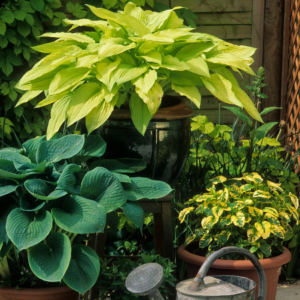
Planning for Planting Succession and Longevity
Longevity is crucial when planning your companion planting scheme for hostas. Consider the growth rate and ultimate size of each plant to avoid overcrowding as the garden matures. Plan for planting succession by selecting a mix of plants with staggered blooming times to ensure your garden remains vibrant and appealing throughout the season.
Plus, remember to consider the sunlight and water requirements of each plant to ensure they thrive in their designated spots. Proper spacing and soil conditions are also important for the longevity and success of your hosta companion planting scheme.
Conclusion
To wrap up, choosing companion plants for your hostas can enhance the beauty and health of your garden. By selecting plants that complement each other in terms of color, texture, and growing conditions, you can create a harmonious and visually appealing landscape. For ideas on the best companion plants for hostas, check out this list of 20 Best Hosta Companion Plants.
FAQ
Q: What are companion plants for Hostas?
A: Hostas benefit from being planted with plants that have similar growing conditions, such as ferns, heucheras, astilbes, and coral bells.
Q: Can I plant Hostas with sun-loving plants?
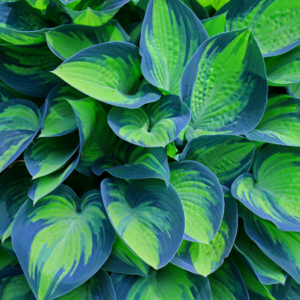
A: Hostas prefer shade or partial shade, so it is best to avoid planting them with sun-loving plants that may compete for light and water.
Q: Are there plants that can help repel pests from Hostas?
A: Yes, planting garlic, lavender, or marigolds near Hostas can help repel pests like slugs and snails.
Q: Should I avoid planting aggressive spreaders near my Hostas?
A: Yes, it is recommended to avoid planting aggressive spreaders like mint or bamboo near Hostas, as they can easily overtake the planting area.
Q: Can I plant Hostas with vegetables in a garden setting?
A: While it is possible to mix Hostas with vegetables in a garden, it is important to separate them to avoid competition for nutrients and space. It is best to create designated areas for each type of plant.

